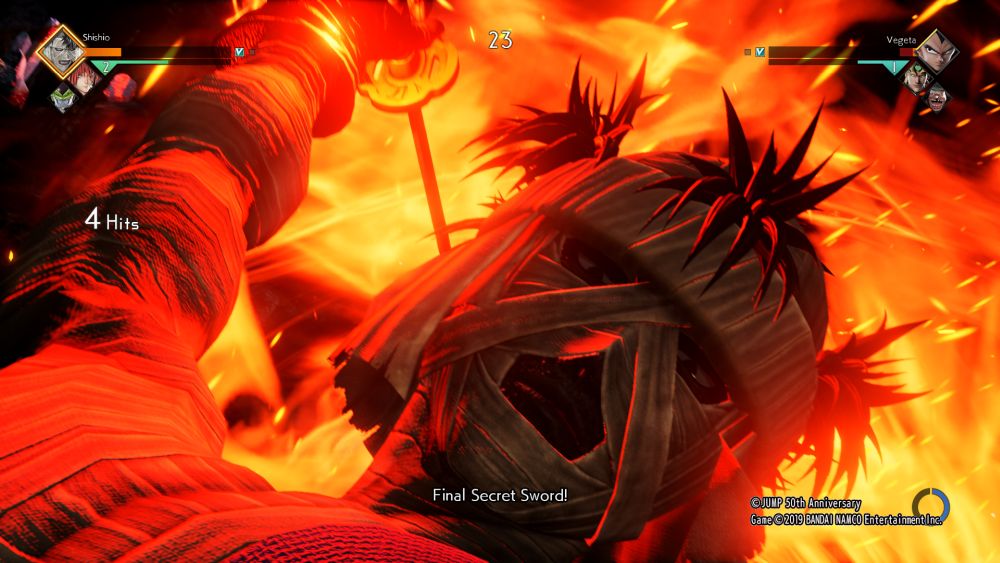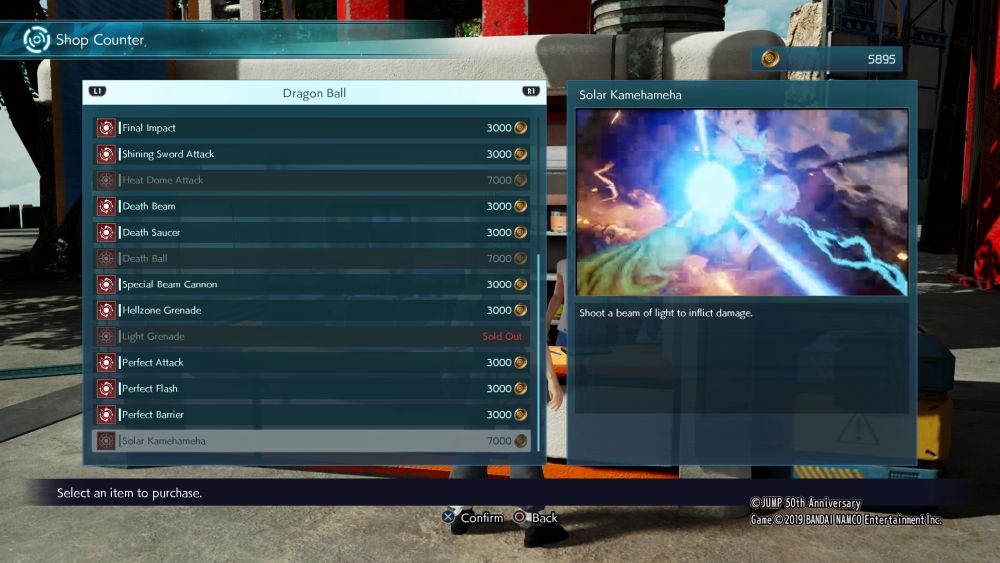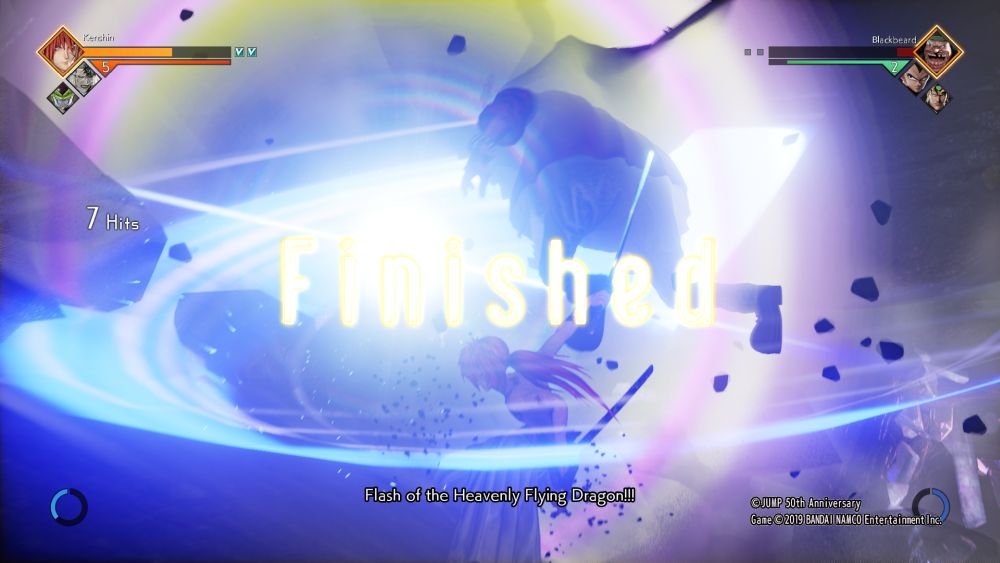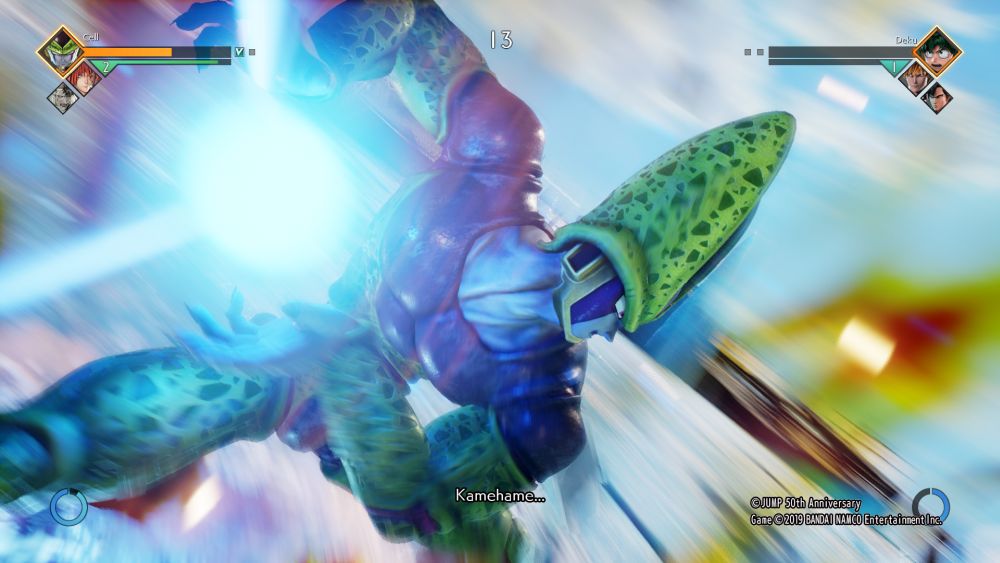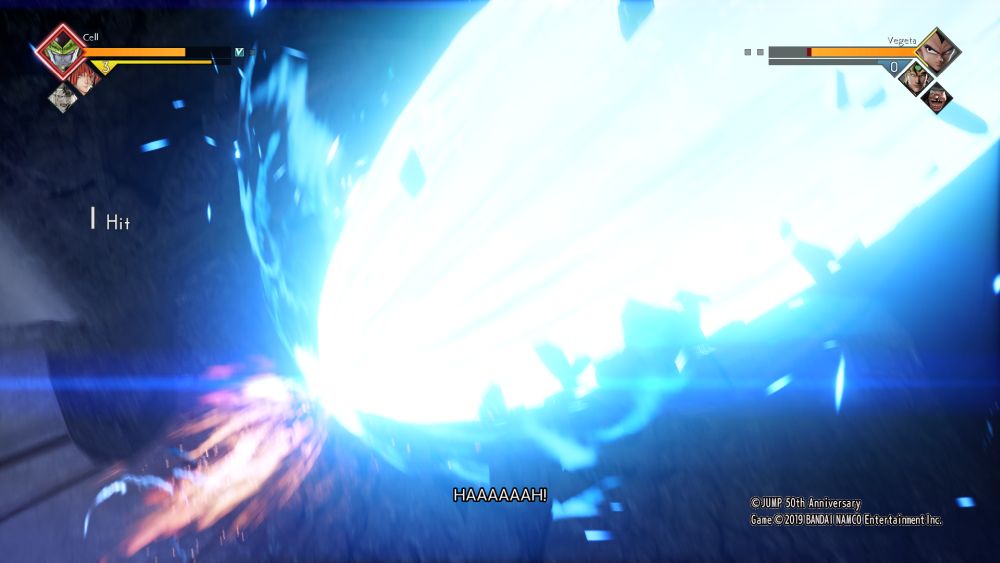What Is It?
Imagine a world where Dragon Ball’s Son Goku and One Piece’s Monkey D. Luffy teamed up to fight Frieza, Marshall D. Teach and other forces of evil. Then add in heroes and villains from other manga series like Yu Yu Hakusho, JoJo’s Bizarre Adventure and Rurouni Kenshin. That’s the gist of Jump Force. And indeed, there is a single player plot to the game, even if it’s as simple as I just described. You even have your own avatar, representing your own participation in the good fight, so to say. You create your hero-self with a pretty simple and straightforward character creation system.
With that done, you can write your own story as another hero in the Shonen Jump multiverse, or just select existing characters and have them duke it out.
Is It Any Good?
This depends on what you’re actually looking for. As a fighting game, there are better ones out there. But as fan service, it’s pretty good. Let me explain both sides of the argument. As a fighting game, there’s a lot of room for improvement. It can, for one, do with a lot more polish so that combos and throws work consistently. It can also use a balancing rework, as some characters are clearly better than others. The roster is also pretty limited at just 40 characters. This is unfortunate, considering the massive pool of characters that can be plucked from the source materials.
There are some RPG-like elements like levelling and ability customisation a-la Dissidia Final Fantasy. That said, it’s nowhere as fleshed out as Dissidia, and as a result, it feels like an unnecessary complication to the game. On the flip side, the crossing over of the multiple universes can really feed your inner fanboy/fangirl. This is especially when there is a unique interaction between characters, referencing their similarities to one another. For example, before a match between Roronoa Zoro and Himura Kenshin, the former will ask which sword-fighting style the latter uses, to which he answers “the Hiten Mitsurugi style.”
Although these are unfortunately uncommon, the singleplayer story makes more use of such opportunities. There are references to characters not in the game too. For one, Rock Lee was brought up in a conversation between Naruto and Asta of Black Clover because of the similarity between the two – their ability to thrive in a world of chakra/magic despite being unable to use it themselves.
The Bad Stuff. Tell Me.
Despite my fawning over the cross-universe elements, there’s actually quite a lot of filler in between. Important plot points are sandwiched between loads of filler missions where you do nothing more than defeat computer generated custom characters that serve as the villains’ scrubs. It also doesn’t help that the loading screens are abysmally long. For instance, it takes about 10 seconds of loading time to get into a story scene, another 10 seconds to transition to the next scene in a different map, and upwards of 40 seconds before the actual battle begins.
Should I Play It?
Again, it depends on what you’re looking for. If you want a fighting game, then probably not. Its lack of polish and absurdly long load times will probably have you pulling your hair out. On the other hand, if you’re a fan of the series involved in the game and would like to see them interact with characters from outside of their own stories, then definitely consider Jump Force. After all, cross-universe creative license is one of the best ways for a story to develop beyond its limited canon.
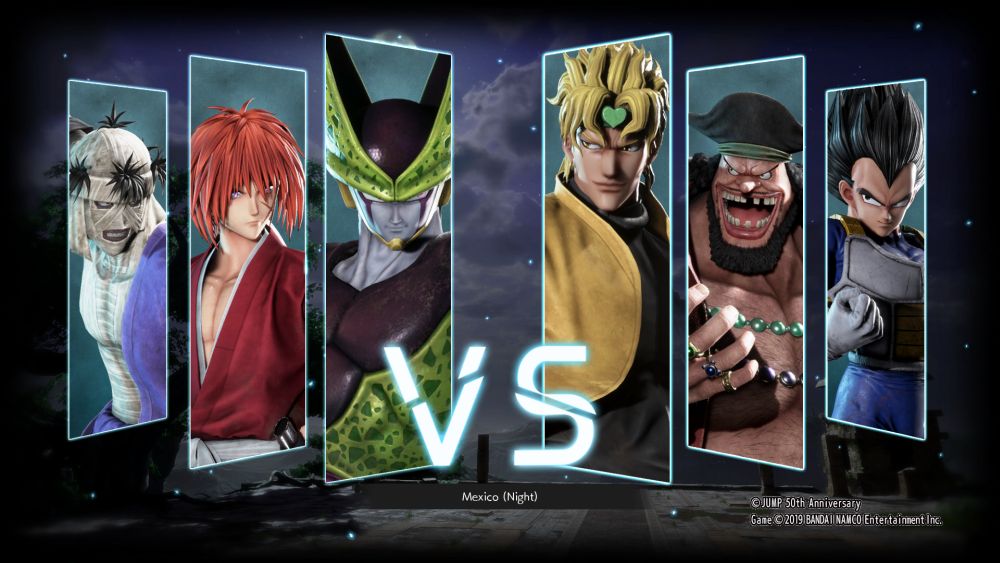
![]()
